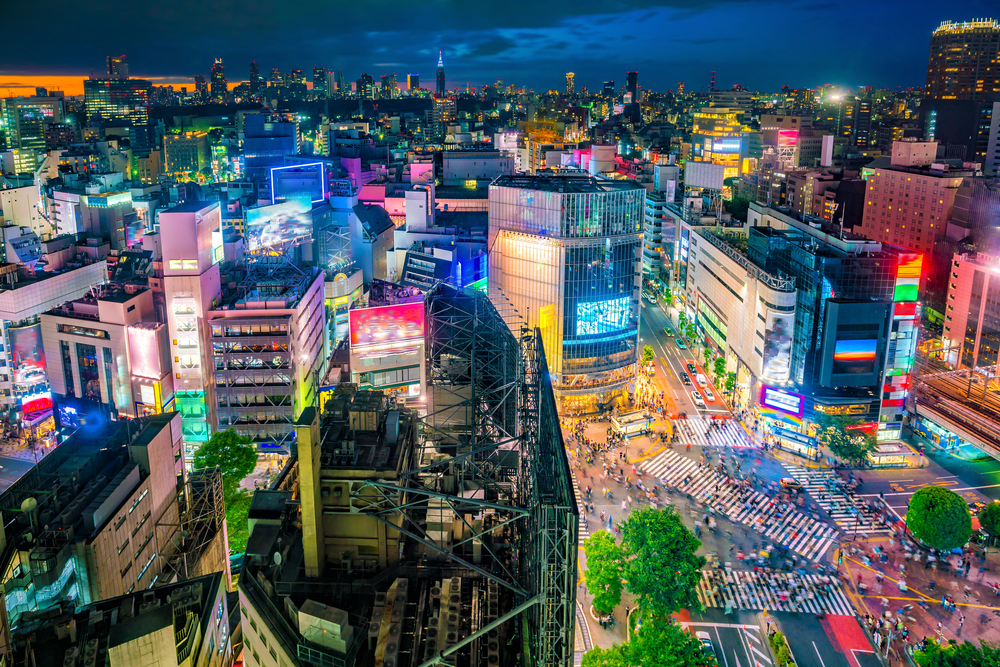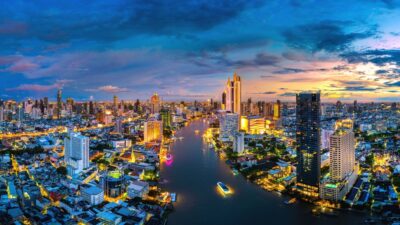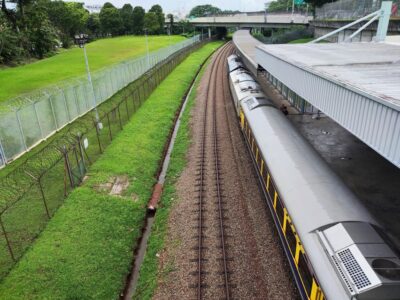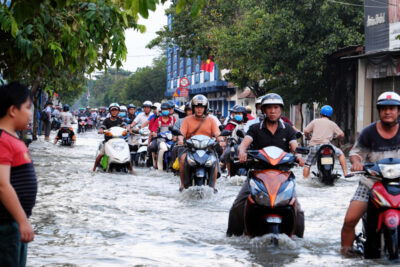Tokyo’s office vacancy rate reaches 6.47% in October
This is the 20th month in a row for the city to see an increase in office vacancy rate
Based on data by brokerage Miki Shoji, the average office vacancy rate across Tokyo’s five business districts reached 6.47 percent in October, said Japan Property Central.
This climb is a 0.04-point rise from the previous month and up 2.54 points from last year, indicating the 20th consecutive month to see an increase.
The five business districts include Chiyoda, Chuo, Minato, Shinjuku, and Shibuya.
Further, there has been a slowdown in the growth of vacant office space as new leases are signed, despite the continuation of remote working.
The average vacancy rate in Chuo, Minato, and Shibuya slightly contracted from September. Shibuya saw the vacancy rate decreased by 0.86 points to 5.89 percent, the lowest since April.
In terms of monthly rents, fees are down to JPY6,295 (USD54.8) per square metre across the five business districts.
More: Prices of large apartments in Tokyo rise by 27.4% since Q1 2019
Over the past 12 months, monthly rents have dropped by 7.3 percent.
A vacancy rate of five percent is said to indicate a healthy balance between demand and supply, while a rate that exceeds five percent tends to cause rents to decline.
The Property Report editors wrote this article. For more information, email: [email protected].
Recommended
Thailand advances digital finance with blockchain real estate push
Issues over marrying blockchain incentives to a physical asset class is hampering Thailand’s digital finance push
Johor Bahru emerges as a key economic partner to Singapore
Once regarded as a poor relation across the causeway, Johor Bahru is cementing its status as an integrated economic partner to Singapore
Vietnam sets new rules to reward clean energy producers
Vietnam’s government has passed new regulations allowing homeowners and landlords to sell solar power back to the national grid for the first time
Bangkok developers shift focus to safer low-rise and suburban projects
Concerns over Bangkok’s seismic safety in the wake of the recent Myanmar earthquake have prompted a shift toward low-rise developments








